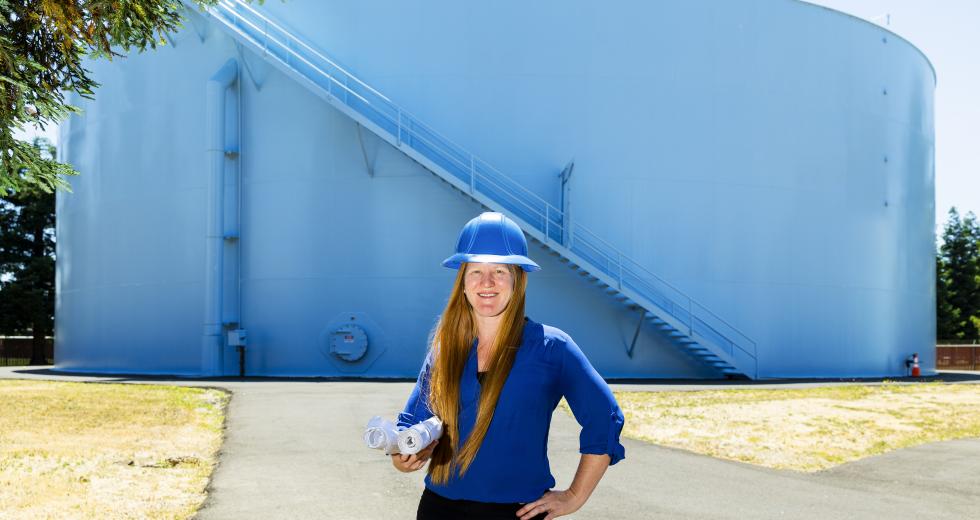For Lacy Carothers and her team at California American Water (CalAm), the responsibility of providing safe, affordable water and wastewater services drives both innovation and compassion.
While traveling abroad during her college years, Carothers found herself questioning why she couldn’t drink the water in certain countries. That curiosity fueled her to pursue a master’s degree in civil engineering and join the water industry. Now, she is the newly-appointed director of engineering for Cal-Am after serving nearly 10 years with the regulated water utility. She is excited to lead the state’s engineering team to ensure sustainable water supplies, high-quality drinking water and state-of-the-art water treatment.
Providing water utility service to more than 700,000 Californians around the state, including 65,000 homes and businesses in the Sacramento region, Cal-Am has a consistent history of complying with strict regulations while keeping costs low.
“I am motivated by Cal-Am’s unique position to leverage economies of scale for smaller communities,” Carothers says. “When we bring our customers together, we’re able to make infrastructure investments and provide high-quality water to communities that have struggled to meet standards in the past.”
“Water is an integral part of life and we take great pride in taking care of it.” Lacy Carothers, Director of Engineering
Her favorite projects are fast-paced and involve multiple agencies, like overseeing state-of-the-art water treatment and monitoring projects to meet emerging regulations on water quality. But at the heart of what she does is helping communities — and that is her favorite part of the job.
“I want to be a great leader who can be compassionate and still drive results,” she says. “I find people with unique strengths and support them to be their best selves in roles here at Cal-Am.”
Beyond engineering improved infrastructure to increase customer reliability, Carothers’ team works on projects that support groundwater sustainability and ocean desalination, impacting our state’s overall drought resiliency.
“For our industry as a whole, the next few years will bring a lot of learning and new challenges, both of which excite me and inspire me,” Carothers says.






